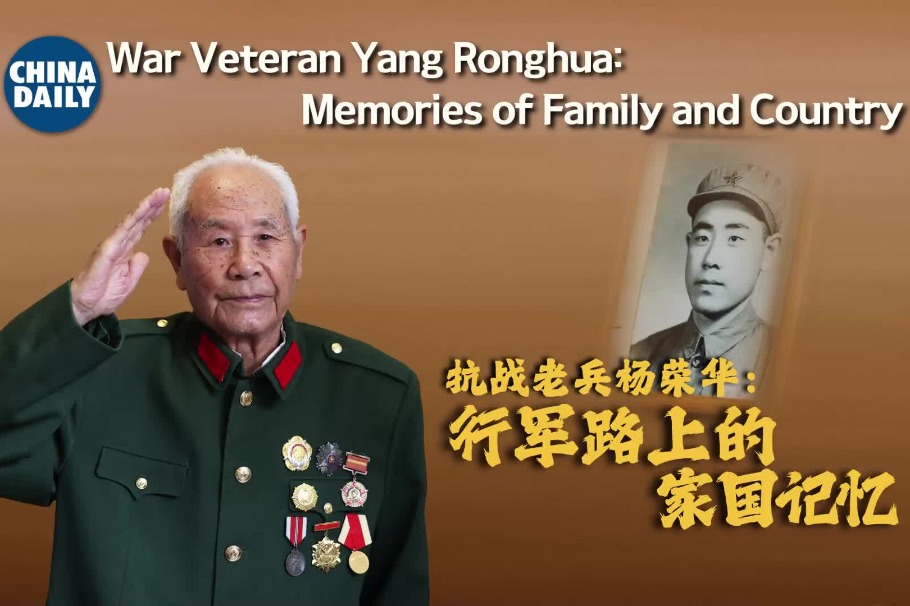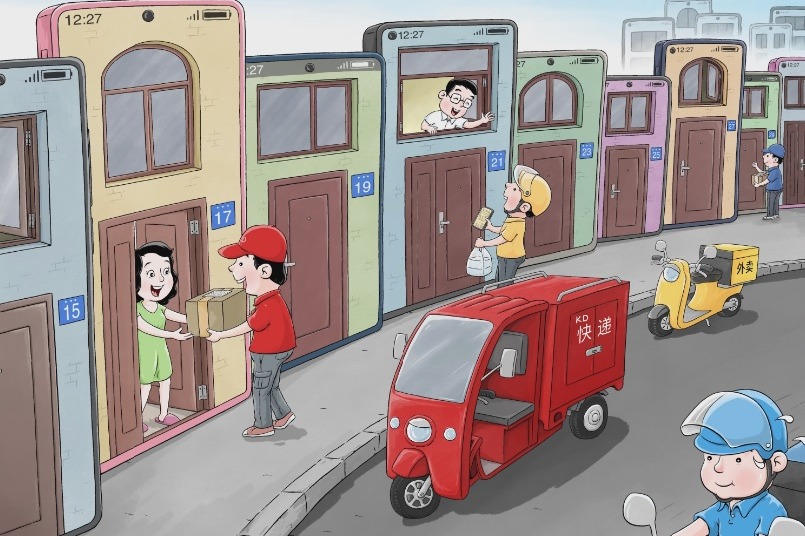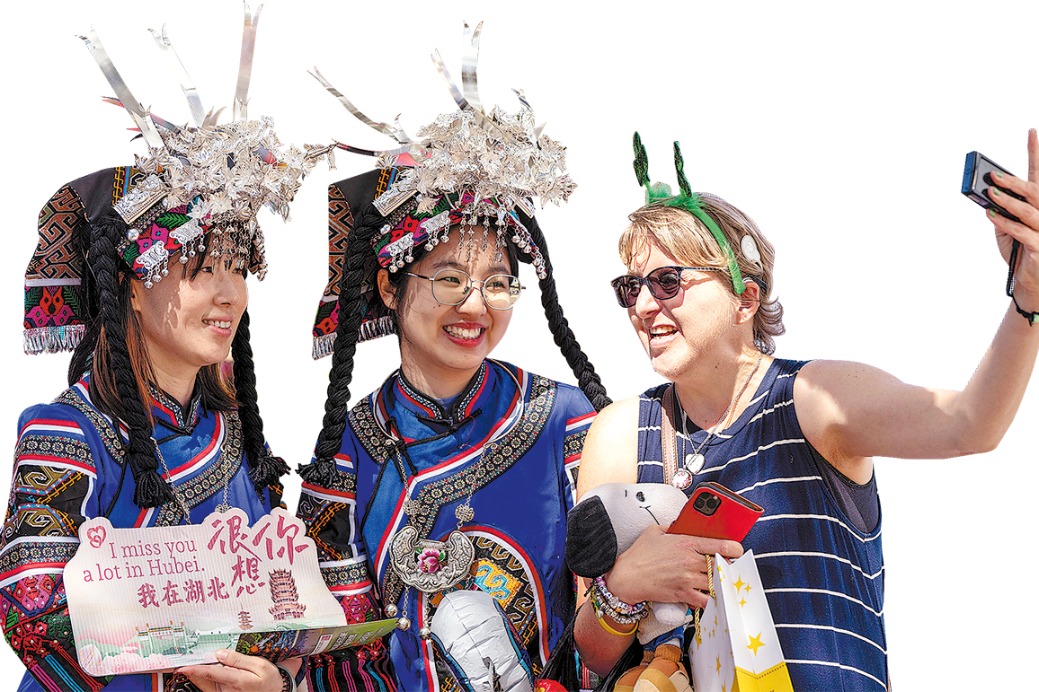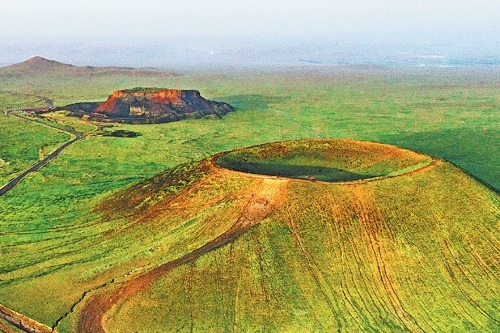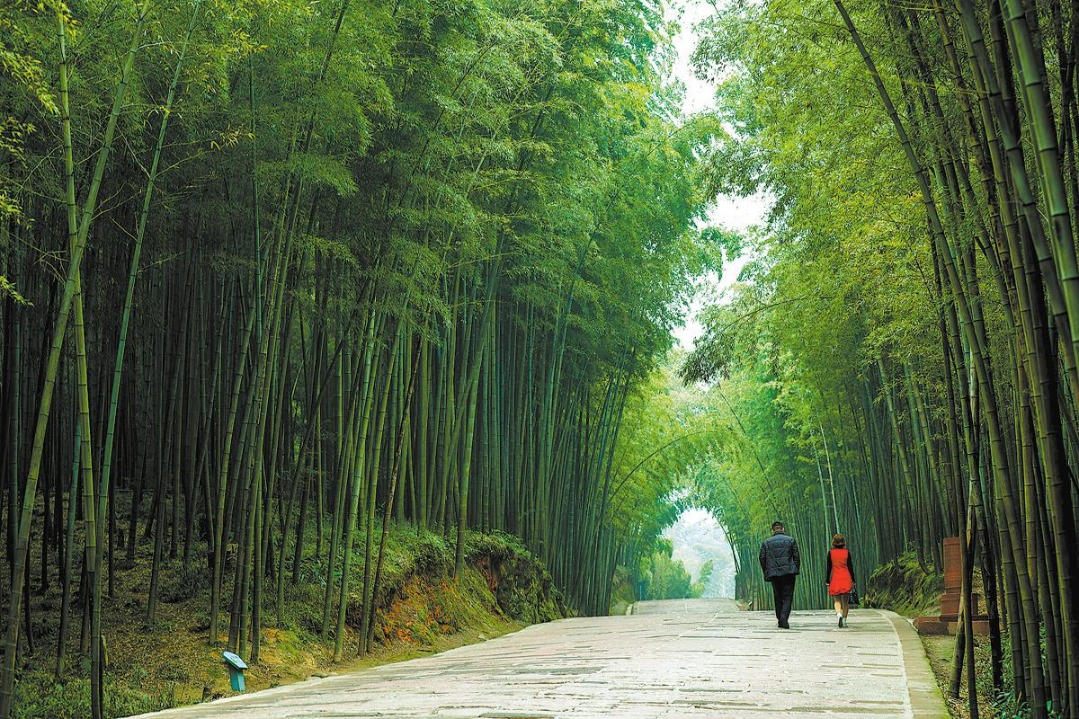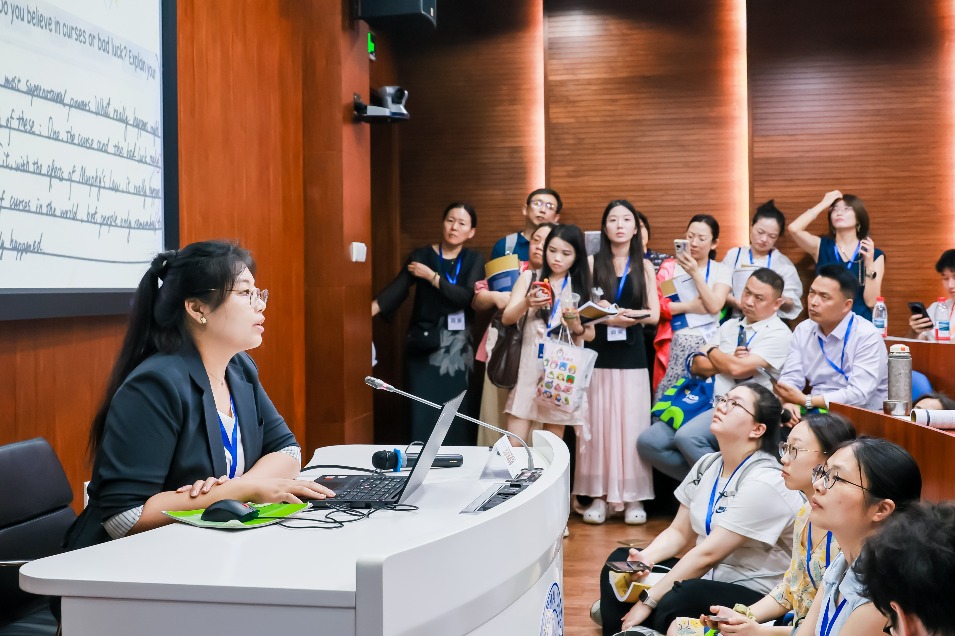Happiness means making cultural relics come 'mentally and physically' alive

Eleven years after Zhang Juncai, 72, a cultural relic restorer, retired from the Shanxi Archaeological Institute in Taiyuan, he is still breathing life into unearthed bronze ware, pottery, ironware, stoneware and frescoes.
Over the past more than 40 years, Zhang has restored many damaged cultural relics, making some stand again on their own. Experts say the cultural relics he restores are "mentally and physically" alive.
He has been repairing statues and frescos in the Yungang Grottoes of Datong, Shanxi province, a UNESCO World Heritage Site, ever since he retired in 2010.
Born to a farmer's family in Shangguo village of Wenxi county, Shanxi province, in 1949, Zhang was interested in repairing broken wares since childhood. His mother thought he was ignoring his studies and tried her best to dissuade him from wasting all day on his "eccentric" hobby.
But Zhang never outgrew his habit. Whenever he saw broken wares, his hands would be itching to repair them. Soon that habit was going to change his fate.
In 1974, members of his commune stumbled upon an ancient tomb while building a cowshed in the village. Archaeologists later identified it as one belonging to the mid Western Zhou Dynasty (1046-771 BC). While they were doing their research, the archaeologists lost the lid of their gradienter, an instrument used to measure gradients.
But help was at hand. Zhang made a lid out of the base of an artillery shell and it fit the gradienter pretty well. The leader of the archaeologists was impressed. "With some training, this lad can become a skilled bronze ware restorer," he said.
That's how Zhang joined the Shanxi Archaeological Institute as an apprentice for cultural relics restoration when he was just 25.
Four years later, he became an official member of the institute, and the founder of the cultural relic restoration workshop the institute established in 1982.
Shanxi used to be a cradle of the Chinese civilization, boasting of a rich collection of cultural relics. That gave Zhang numerous opportunities to practice and improve his relic restoration skills. His colleagues feel Zhang was largely self-taught.
In 1984, Zhang was sent to Shuozhou to join an archaeological excavation of more than 1,000 Han Dynasty (202-220 BC) tombs found in an open pit coal mine. Yang Zhentian, a top-notch expert in cultural relic restoration in the country from the Palace Museum of Beijing, was there, as were almost all archaeologists from Shanxi.
Yang said he was so impressed by Zhang's diligence, honesty and eagerness to learn that he accepted him as an apprentice.
"Yang is a real master in this field. He transformed me from a self-taught 'repairman' to a professional cultural relic restorer,"Zhang said.
In the following two decades Zhang restored many cultural relics in Shanxi province, some of which are national treasures today. They include the Yellow River iron ox, belonging to the Tang Dynasty (618-907) and salvaged in Yongji; bronze wares from the Western Jin and Easter Jin dynasties (226-420) unearthed in Houma, and frescos of the Jingci Temple from the Northern Qi Dynasty (550-577) unearthed in Taiyuan.
While restoring the Yellow River iron ox, Zhang proved to be more efficient than experts from Beijing in removing rust, using his concoction of kerosene, turpentine and paraffin.
As his work was becoming popular, his father set a condition-that he should never work for tomb raiders or have any truck with smugglers of cultural relics, a rule Zhang has religiously adhered to.
Another rule he follows is to never make imitations of cultural relics, even if it is no big deal for someone with his expertise.
"Restoration work must respect historical facts and the principle of authenticity, rather than imagination or market demands," Zhang said.
Zhang enjoys his work so much that he is always to be found amid damaged cultural relics, repairing them, not taking rest even during holidays. Where others see piles of damaged pottery, Zhang sees beauty and treasures in need of restoration.
Over the past decade, he has restored damaged pottery relics that would otherwise have had to be sent to a warehouse. The restored relics are now exhibits at the Yungang Grottoes Museum. He has also restored Buddha statues and frescos there.
He is now passing on his skills to dozens of apprentices in Yungang.
Zhang Zhuo, director of the Yungang Grottoes Institute, rightly said that Zhang's contribution to Yungang lies not only in the number of cultural relics he has restored, but in the cultivation of a large number of talents.
Dong Kai, who is in charge of restoration projects in Yungang, said what makes Zhang different is his ability to improvise tools on the spot for the work at hand. A wooden board, a piece of wire, a used brush and an empty toothpaste tube, to name a few, are all useful tools that Zhang can make use of to cut, scratch, polish, delineate and grind his "babies".
"The uniqueness of the cultural relics means the tools we use to 'serve' them should also be exclusive," said Zhang.
"When I see broken wares, I want to repair them. Once I start repairing them, I want to restore them. And once they are restored, I feel happy."
Peng Ke'er contributed to this story.


Today's Top News
- SCO summit poised for fruitful outcomes
- Steps to spur consumption, enhance vitality
- Flag patterns for four branches of PLA unveiled
- China seeks to deepen dialogue, consultations with US
- Pacific Ocean should not be turned into a sea of zero-sum disturbances: China Daily editorial
- Xi signs order to commend military units, individuals

















